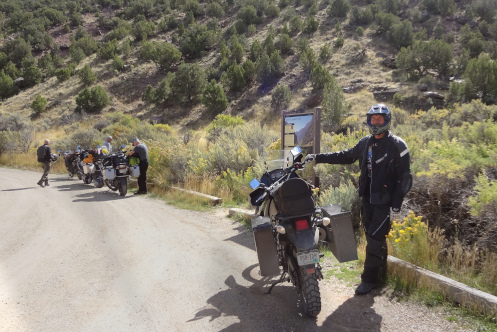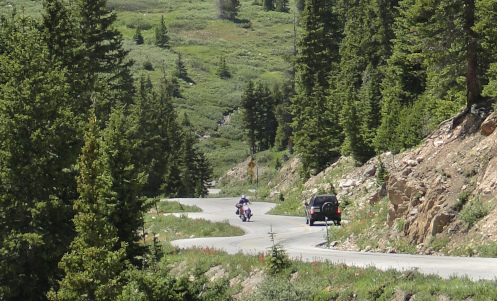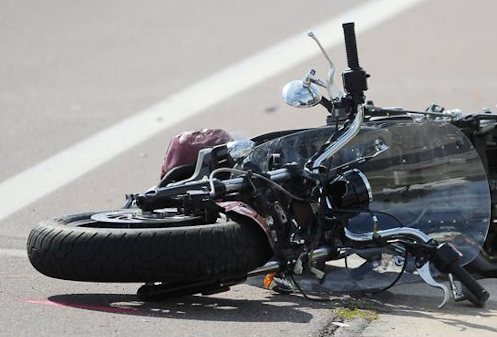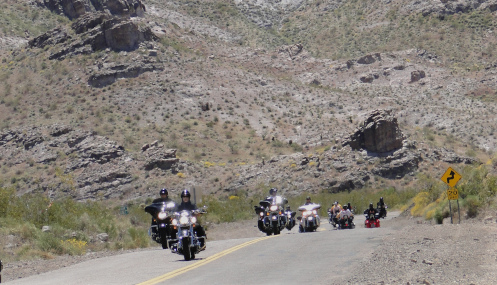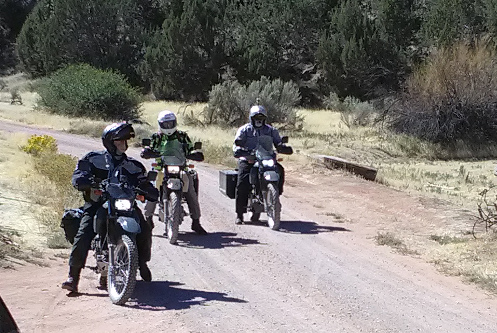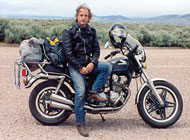OK, One Final Post About The 2018 Crash Report
Thursday, December 19th, 2019In all the previous articles about this data dump I have drawn from the tables, which had been extracted and sent to me. I went to look at the full report and found just a bit more info of interest. Then I promise I’m through with this discussion.
The first thing is location. Where in the state are bikers most at risk? A table on annual motorcycle fatalities from 2014 through 2018 shows a lot of interesting numbers. Adams County is always one of the high ones. Over that five-year span the count of fatalities has been 7, 7, 13, 13, 10. Alamosa County, on the other hand is usually very safe but 2015 was a terrible year: 0, 7, 0, 0, 0. What the heck happened in 2015?
Not surprisingly, the metro area counties–which have the greatest population–mostly have the highest fatality rates, although for some reason Douglas County usually trends a bit lower than the others.
Arapahoe County–3, 0, 11, 6, 9
Denver City/County–7, 14, 14, 13, 7
Douglas County–3, 5, 10, 5, 3
Jefferson County–11, 14, 15, 9, 12
Boulder County is also surprisingly low, considering how many people there are: 5, 5, 4, 5, 3.
El Paso, Gunnison, Larimer, Mesa, Pueblo, and Weld Counties are also higher, in conformity with their populations.
Of all Colorado counties, Baca, Bent, Cheyenne, Costilla, Crowley, Dolores, Hinsdale, Kiowa, Kit Carson, Lincoln, Otero, Phillips, and Sedgewick Counties report zero motorcycle fatalities in this five-year span. That’s pretty impressive.
By age, the most fatalities occur among those who are 20-29 or 50-59. The five year totals for each age group are under 20–14; 20-29–125; 30-39–86; 40-49–87; 50-59–119; 60-69–74; over 70–25.
OK, that’s enough. I just thought that all these numbers in this whole series of posts were interesting and could hopefully be helpful to people in understanding what the greatest risks are. I hope I haven’t bored you too much.
Biker Quote for Today
We know you’re a poser if you think that a kick-starter is a mocha latte.
